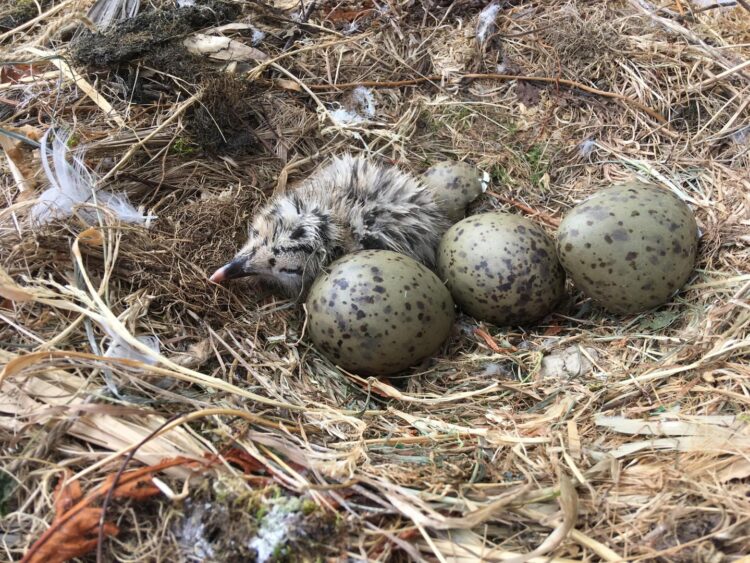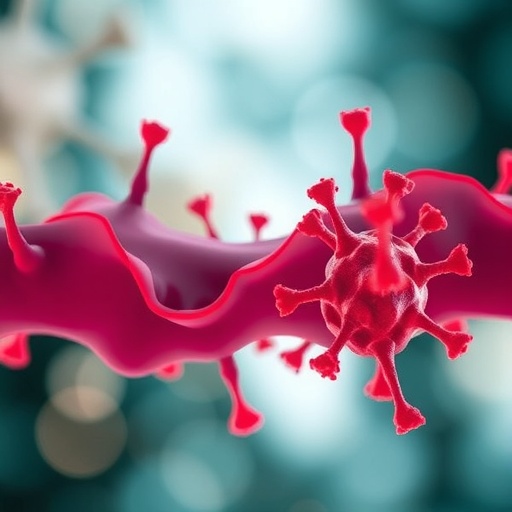Chemical additives used in plastic production have been found in herring gull eggs, new research shows.
Phthalates are a group of chemicals added to plastics to keep them flexible.
The study, by the universities of Exeter and Queensland, looked for evidence of phthalates in newly laid herring gull eggs – and found up to six types of phthalate per egg.
Phthalates function as pro-oxidants – potentially causing “oxidative stress” that can damage cells.
“This includes lipids that nourish developing embryos, and vitamin E, which helps to protect chicks from oxidative stress that can occur during development and at hatching.
“Unfortunately, our findings suggest that mothers are inadvertently passing on phthalates and products of lipid damage – and eggs with higher phthalate contamination also contained greater amounts of lipid damage and less vitamin E.”
The impact of this on developing chicks is unknown, and further investigation is needed.
Researchers collected 13 herring gulls eggs from sites in Cornwall, UK, and all 13 were found to contain phthalates.
Phthalates – which are used in most plastic products and readily leech out – are now found in almost every environment on Earth.
They can “bio-accumulate” (build up in living organisms) by becoming concentrated in fatty tissues.
The study does not show where the gulls acquired the phthalates, but phthalates have previously been found in species preyed on by herring gulls, and the birds are known to swallow plastic.
“Research on the impact of plastic on animals has largely focussed on entanglement and ingestion of plastic fragments,” Professor Blount said.
“Far less is known about the impacts of plastic additives on the body.
“More research is now needed to discover how developing offspring are affected by being exposed to phthalates before they have even emerged as a hatchling.”
He added: “We need to look more deeply into the pervasive threats of plastics – not just the breakdown of plastic items themselves, but also the dispersal of the multiple chemicals they contain.
“Where do these end up, and what effects are they having on wildlife and ecosystems?”
###
The study received an initiator grant from QUEX, a partnership between the universities of Exeter and Queensland.
The paper, published in the journal Marine Pollution Bulletin, is entitled: “Phthalate diversity in eggs and associations with oxidative stress in the European herring gull (Larus argentatus).”
Media Contact
Alex Morrison
[email protected]





